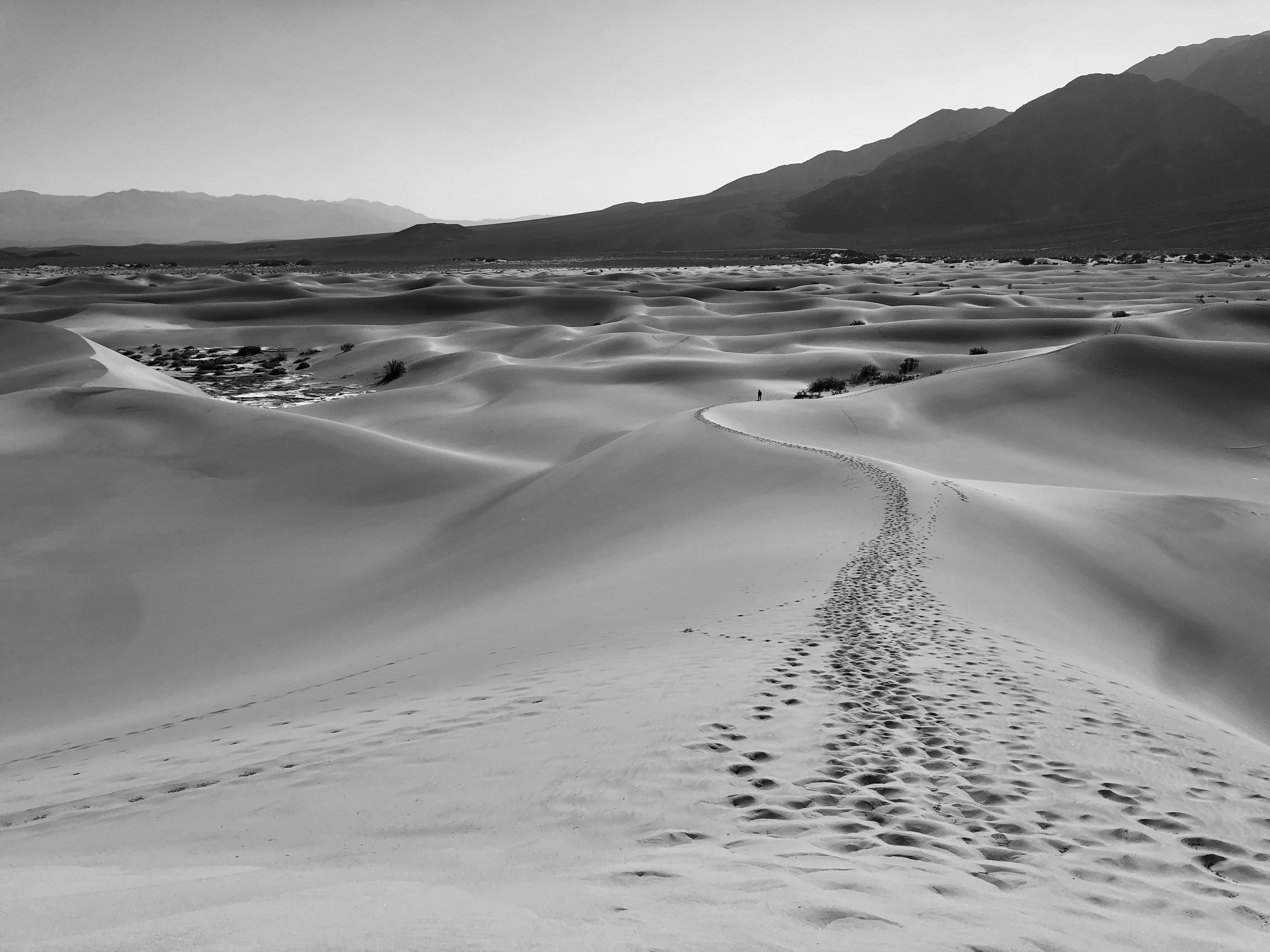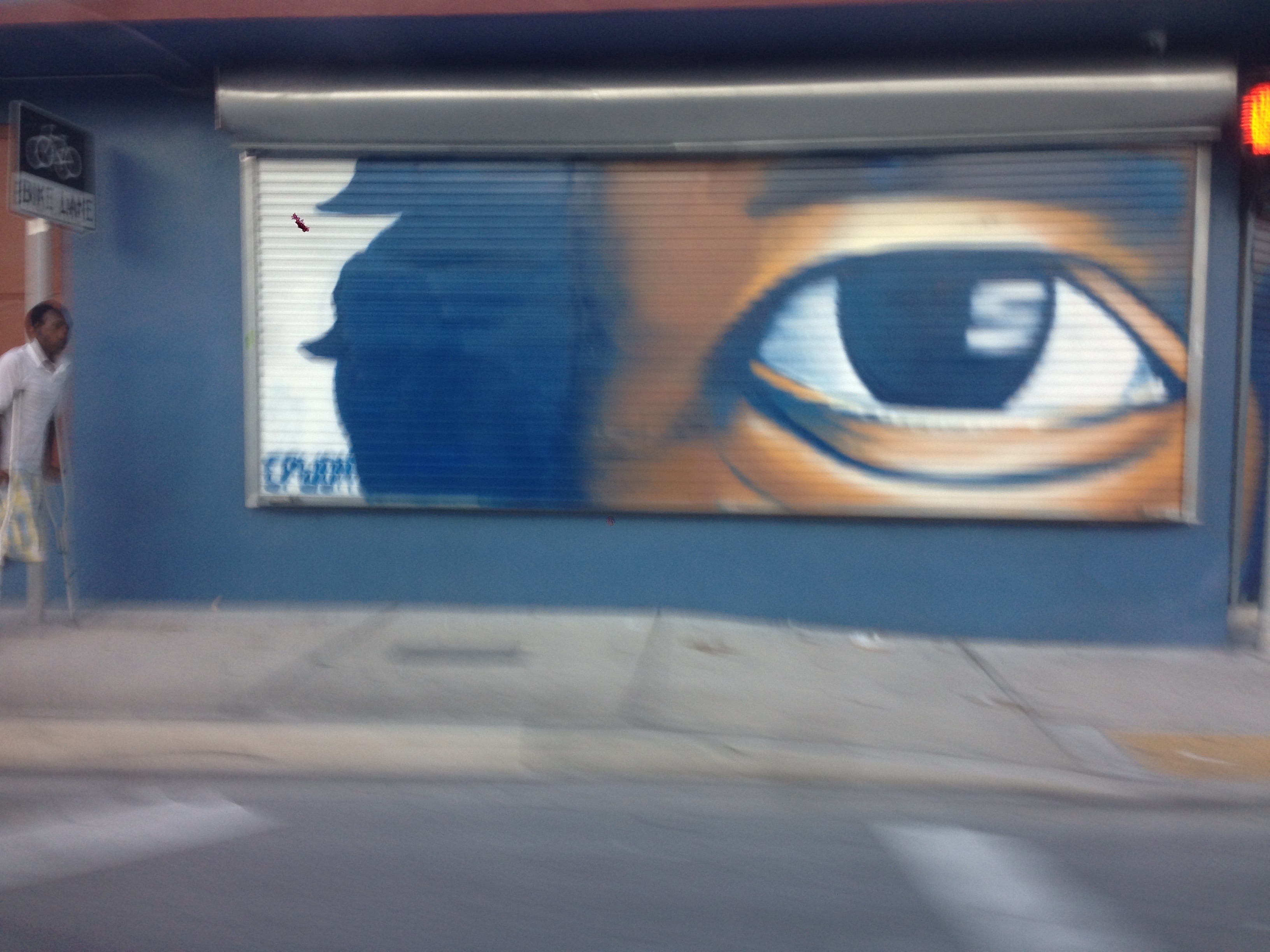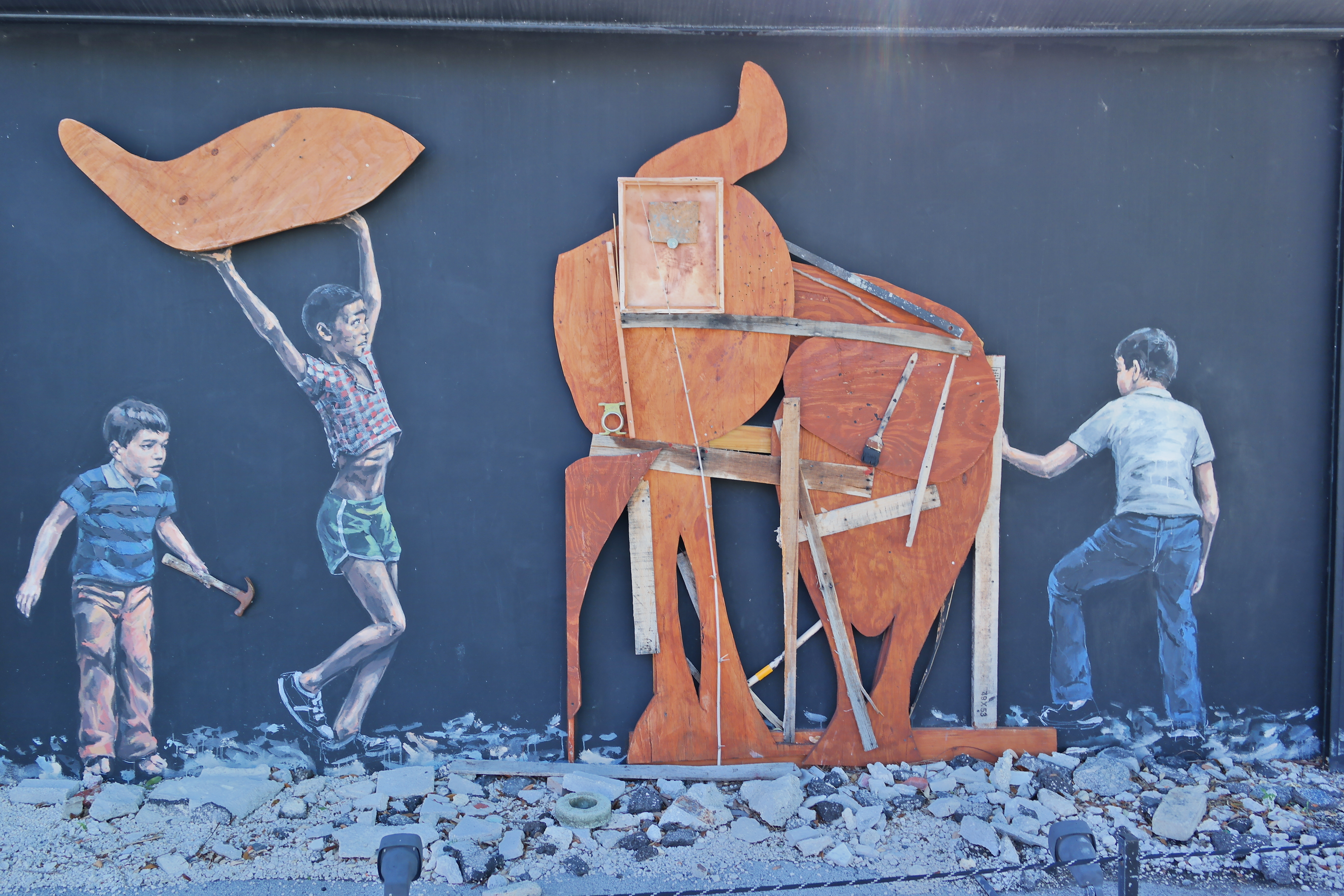Driven by curiosity’s sake.
-

Ain’t No Reason to Share
Don’t read this. Go out, live your life, pursue your curiosity, read the next great novel. Read more
-
Covid19 Resources (Virtual)
It has been incredibly long time since I posted. Besides being ashamed that I have not written in forever, I have been working on getting an MBA and a MS in Data Science. The pandemic has driven me back to writing, albeit for the purposes of this resource list. Adjusting to a future economic recession… Read more
-

In the Beginning – 16 Weeks of Digital Photography Class
I love photography. At least that is how Week 1 of the digital photography class at a community college begins for me. Signing up for a class was a normal trajectory of a general lack of success on the do-it-yourself pathway. I’ve learned that I learn best, in most subjects, when given a formal classroom… Read more
-

More Than>Syria
Where do I begin to even share my thoughts on Syria. The slaughter of Syria. The human moral stain that is Syria. The collective human failure that is Syria. The suffering that is Syria. When I first wrote something public about Syria, it was a diatribe (it was) on how Friday sermons unnecessarily brought up,… Read more
-

VONA: Future Advice on Writing
As I walk away from VONA, I have to remind myself first and foremost that I too am a writer. I might not feel comfortable embracing this label, with all my swirling self doubts and insecurities, but I am a writer because the craft of storytelling is something that lies deep in my genetic code.… Read more
-

The Intrepid Traveller
I had no intention of blogging through the entire VONA workshopping experience (Day 1, Day 2, Day 3, Day 4a, Day 4b). The fact that I am is a testament to how inspired I am by all the intense writing energy, ideas, and the learning around me. Today was the final day, and it was… Read more
-

The Workshop Virgin
I suppose this blog post is an update of sorts. Wednesday has come to an end and the VONA Voices experience is now heading toward a speedy wrap up. I find myself still feeling lost about this whole process. The questions remain unanswered. Do I feel any where nearer to accomplishing my three stated goals?… Read more
-

On Verbing the Workshop (A VONA Post)
I am still amused by the concept of “workshopping.” Its an actual action one can do and does in an MFA experience, or in writing. Every time I hear someone using it as a verb, chuckles start up across my mind and work hard to suppress an external expression because I don’t want to offend.… Read more
-

Four Points to VONA, Or the Nagging Question: What Am I Doing Here?
I start with four points, stumble through four thoughts and end with four, gems thats where VONA presents itself so far at the end of the first full day of workshop. Today was the end of the first full day of “workshopping”, which apparently is a thing you do in a MFA program. I had… Read more
